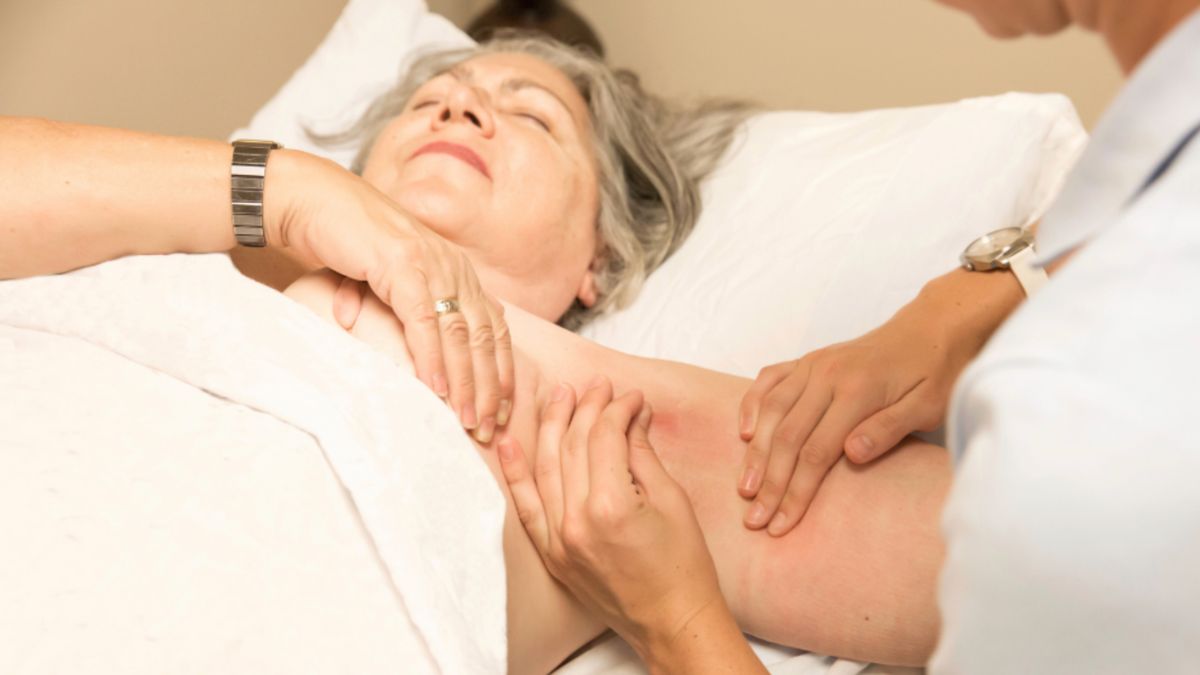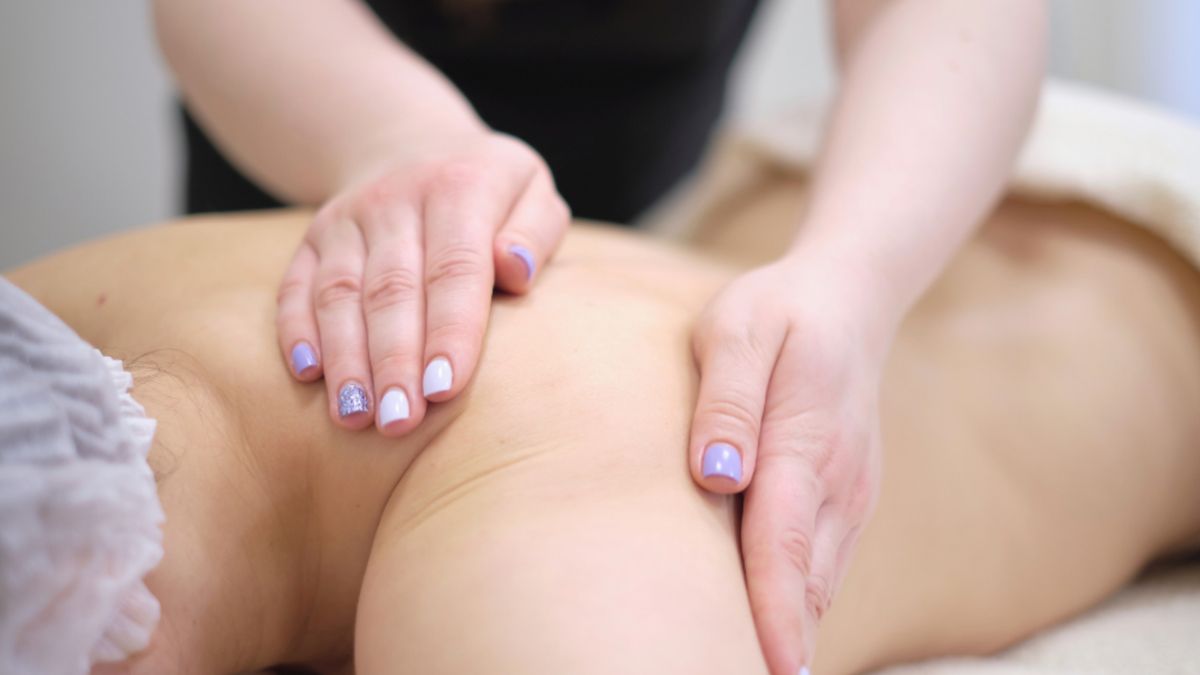How to Manage Lymphedema After Breast Cancer
Managing lymphedema after breast cancer treatment requires awareness and proactive care. Understanding its effects and treatment options empowers survivors to maintain their well-being and improve daily life.
Table of Contents
Toggle
At Midas Touch Lymphedema Institute, we provide professional care, advanced techniques, and personalized solutions to help you manage lymphedema effectively. Let us be your trusted partner on your journey to healing.
What is Lymphedema?
Lymphedema is a chronic condition caused by impaired lymphatic drainage, leading to fluid accumulation and swelling in the arm, chest, or other areas. It’s a common side effect of breast cancer treatment, particularly after surgery or radiation therapy, that affects the lymph nodes.
Recognizing the Signs of Lymphedema After Breast Cancer
The Importance of Early Detection in Managing Lymphedema
Lymphedema can develop after breast cancer treatment due to lymph node damage or removal. While lymphedema isn’t always preventable, early detection helps manage it effectively. Identifying the first signs and seeking timely care can reduce symptoms, lower the risk of complications, and enhance overall well-being.
Early Warning Signs to Watch For
Swelling in Your Arm, Hand, or Chest
Swelling in the arm, hand, or chest often signals the onset of lymphedema. It may start mildly but can progressively worsen without proper management.
A Feeling of Heaviness or Tightness
You may feel a heaviness or tightness in your arm or chest, even before visible swelling appears.
Aching or Discomfort
Lymphedema can cause sensations ranging from mild discomfort to persistent pain, which may worsen with activity or at the end of the day.
Difficulty Fitting Into Clothes or Jewelry on the Affected Side
Rings, bracelets, and sleeves may start to feel tighter, even if there’s no visible swelling yet.
Don’t ignore these symptoms. Detecting lymphedema early improves management, while timely treatment may slow or prevent progression. Consult your healthcare provider as soon as possible to discuss treatment options and effective management strategies.
Treatment Approaches
Complex Decongestive Therapy (CDT)
CDT is a non-surgical approach that helps manage lymphedema through a combination of therapies. It typically includes:
- Manual lymphatic drainage (MLD)
- Compression therapy
- Exercise
- Skincare
This comprehensive approach aims to reduce swelling, improve mobility, and prevent complications.
Exercise and Physical Activity
Exercise plays a key role in managing lymphedema. Regular movement:
- Encourages lymph flow
- Helps maintain a healthy weight
- Promotes overall well-being
Our therapists can guide you in creating a safe and effective exercise routine tailored to your needs.
Compression Garments
Compression sleeves or garments help:
- Control swelling
- Maintain fluid balance
- Provide support during activities
Self-Care Strategies
Practicing self-care daily can improve lymphedema management.
- Keep your skin clean and moisturized to reduce the risk of infection
- Eat a balanced diet
- Maintain a healthy weight
- Drink plenty of water to support lymphatic flow.
- Learn proper manual lymphatic drainage (MLD) techniques from a certified therapist before practicing self-massage.
- Protect the affected arm from injuries and extreme temperatures.
Frequently Asked Questions
What Is Lymphedema, and How Common Is It After Breast Cancer Treatment?
Lymphedema is a chronic condition that causes swelling due to a buildup of lymph fluid in the tissues. It often affects the arm, hand, chest, or trunk on the treated side of the body, typically after lymph node removal or radiation therapy.
The likelihood of developing lymphedema varies based on treatment and individual factors. It can occur shortly after treatment or even years later. Regular monitoring and proactive management help reduce its impact on daily life.
What Are the Early Signs and Symptoms of Lymphedema?
Early signs of lymphedema include swelling, heaviness, tightness, aching, or discomfort in the affected area. You may also notice difficulty wearing clothes or jewelry on that side. Reporting these symptoms to your healthcare provider early can help with timely management.
Can Lymphedema Be Prevented After Breast Cancer Treatment?
While prevention isn’t certain, you can lower the risk by staying active, maintaining a healthy weight, caring for your skin, and protecting the affected arm from injuries or infections. Early detection and timely care help manage the condition effectively.
What Treatments Are Available for Lymphedema?
The treatments available for lymphedema commonly include Complex Decongestive Therapy (manual lymphatic drainage, compression, exercise, and skincare), along with daily use of compression garments and personalized movement plans. The treatment plan for lymphedema may also include discussion of surgical options in selected cases with a qualified medical team.
How Does Lymphedema Impact Daily Life, and How Can I Cope With It?
Lymphedema impacts daily life by affecting comfort, mobility, and clothing fit, but many people maintain active, fulfilling routines with consistent care. Coping with lymphedema involves following your treatment plan, staying physically active as advised, joining support groups, and maintaining regular communication with your healthcare providers.
Effectively Manage Lymphedema After Breast Cancer

While lymphedema is a chronic condition, advances in treatment and management strategies continue to improve outcomes for breast cancer survivors. Staying informed, working with your healthcare team, and prioritizing self-care can help you manage lymphedema and maintain a fulfilling life after breast cancer.
Remember, your journey is unique and challenging, and it’s okay to have questions or concerns. Don’t hesitate to reach out to Midas Touch Lymphedema Institute for guidance and support. With the right tools and mindset, you can thrive despite the challenges of lymphedema.
Midas Touch Lymphedema Institute
Life Coaching
Services
Areas We Serve
Midas Touch Lymphedema Institute

